Written by Calvin on July 13, 2007/Calvin's Corner
Fishing for the Boss
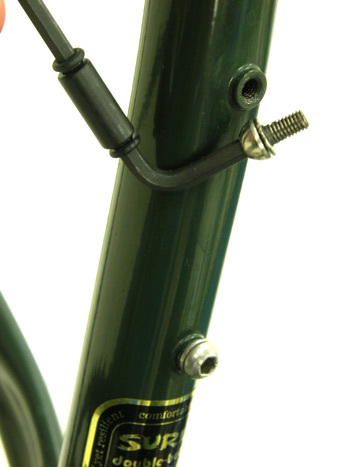 Figure 1. Steel frame with welded water bottle bosses.
Figure 1. Steel frame with welded water bottle bosses.
This article will discuss a potential repair of failed water bottle fittings. Water bottle fittings are intended to be permanent part of the bike frame. Consult the bike manufacturer before attempting any repair.
The industry standard thread for bottle cage is the M5 (5mm x 0.8). There are three common methods for manufacturers to install water bottle “bosses,” which are basically internal threaded fittings for the M5 screw. On steel frames, the fittings may simply be welded in place (Figure 1). A failed fitting in this case can be successfully repaired with a threaded coil repair, known also as a “Helicoil®.”
Another manufacturing option for installing the boss are “pem-nuts” (Figure 2). These are basically sleeve-nuts that are placed in a hole, and then pulled to deform the nut, jamming it tight in the tube. These are installed in either steel or aluminum frames and are intended to be permanent. It can occur that a pem-nut may loosen. It is possible to effect some repair by further tightening the pem-nut. See pem-nut repair.
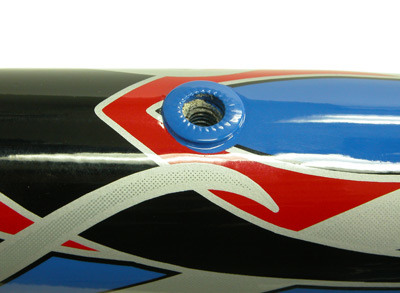 Figure 2. Pem-nut in an aluminum downtube.
Figure 2. Pem-nut in an aluminum downtube.
For many carbon frames, the boss is laid into the carbon fiber material, making it effectively glued in place. These are not a pem-nut design that can be expanded further. If the boss spins in the frame, repair may be difficult. Contact the manufacturer. If the internal threads have failed, it is typically not possible to coil the threads because there is not adequate material in the insert to allow for the larger tap needed to install the coil.
One possible repair is to place a screw from the inside of the frame. NOTE: No repair will work for every possible situation. Use a smaller screw such as the M4 (4mm x 0.7). Substitute the SAE 8-32 if the M4 is not available. The smaller thread will fit through the fitting, creating a stud that is nutted for the bottle cage. This repair does not rely on the existing thread of the fitting.
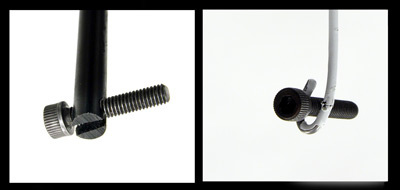 Figure 3. The plastic "fishing rod" is slotted to release the screw after insertion. The economy coat-hanger model on the right is also feasible.
Figure 3. The plastic "fishing rod" is slotted to release the screw after insertion. The economy coat-hanger model on the right is also feasible.
The difficult part of the repair is getting the screw into the hole from the inside of the frame. If available, make a long plastic rod drilled and slotted for the screw. Other material can be substituted with the same concept of design (Figure 3). The idea is to reach down the tube and fit the screw through the boss.
Remove the seat post to access the seat tube. For down tube bosses, it may be necessary to remove either the bottom bracket or fork to access the tube. Use a flash light to determine the location of the boss (Figure 4). It takes skill, patience, time, and luck to fit the screw successfully through the boss.
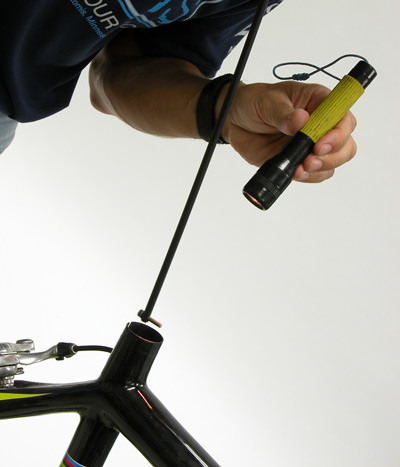
Figure 4. Use a powerful flash light and a steady hand when fitting the screw.
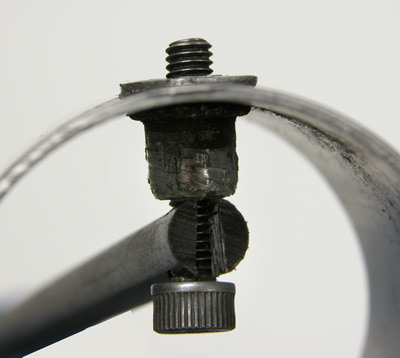
Figure 5. The inside view of the fishing action.
The boss protrudes into the tube. The fishing tool will need to clear the back side of the boss and then fit the screw through the hole (Figure 5).
Grab the screw as it comes through the boss (Figure 6). Install a nut to prevent the screw BEFORE pulling the screw from the fishing tool. Release the fishing tool after successfully installing the screw.
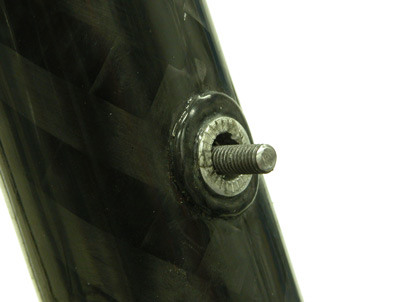
Figure 6. The M4 screw protruding from the boss. Notice the screw is slightly smaller than the hole.
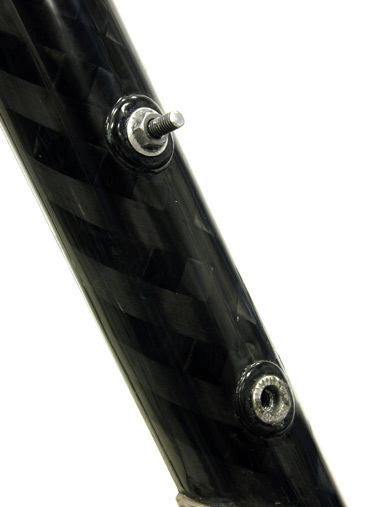
Figure 7. A nutted screw to prevent it from falling inside.
Tighten the extra nut to prevent the screw from falling inside if the user takes off the bottle cage (Figure 7).
Install the cage, a washer, and secure with a second nut (Figure 8). Use a nylock-nut when available.
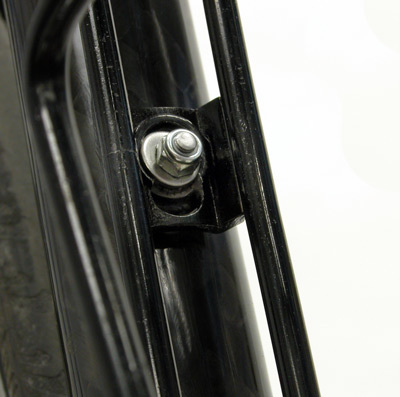 Figure 8. The finished repair.
Figure 8. The finished repair.